
With technology permeating almost every aspect of our lives, the demand for computer programmers can only increase. To train the workforce of the future, companies around the world are frantically developing computing languages to introduce children as young as seven to the mysterious world of programming both in and out of school.
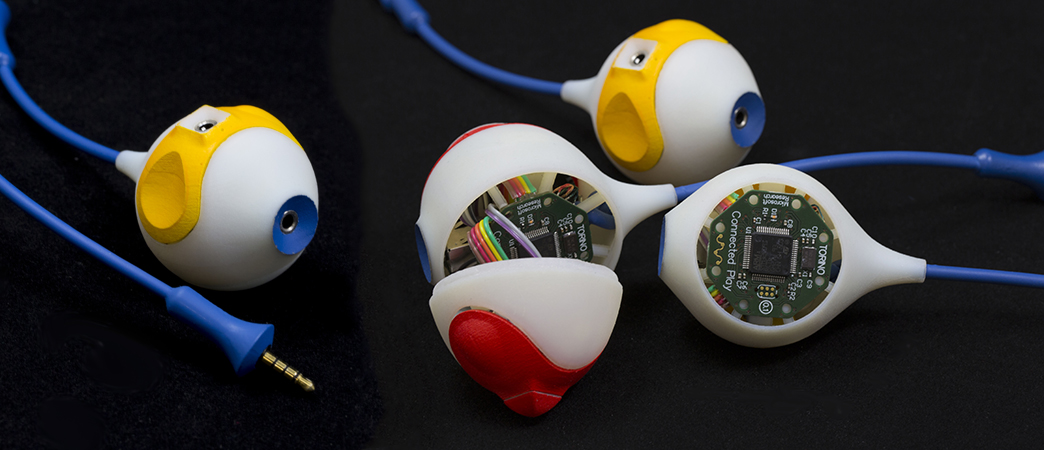
The only drawback is that to learn or observe the results of their programming prowess, children have to be able to see. As a result, kids with limited or no vision are excluded from participating in this exciting trend. To change that, researchers at Microsoft’s Cambridge, UK Lab have developed a physical programming language that can be learned by all children.
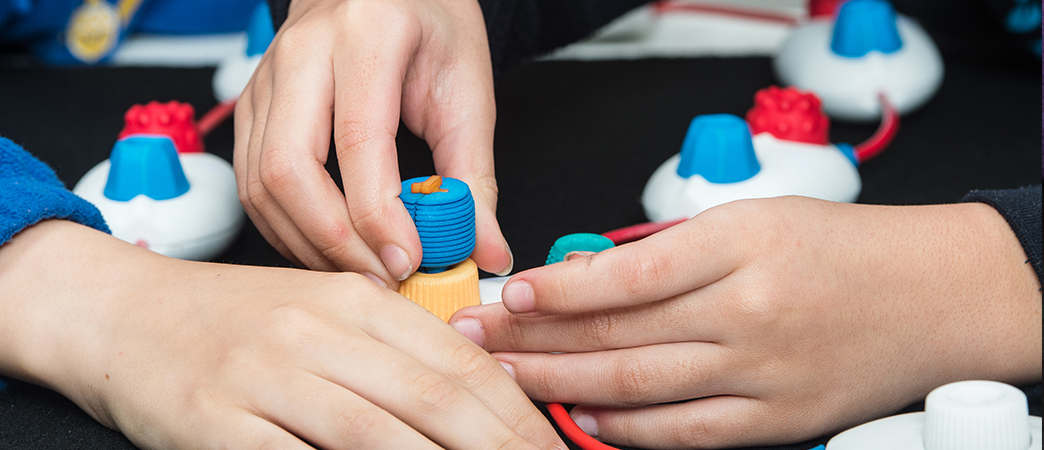
Project Torino allows visually impaired kids aged 7 to 11 to create code that plays music, stories, or poetry by connecting physical pods together. Once done, an accompanying app converts the physical code into digital code. The smart system covers all the major concepts and is geared to adapt to the needs of each student and set challenges based on the individual’s skill. Most importantly, it provides instant feedback, enabling educators to assess his or her progress and provide assistance as needed.
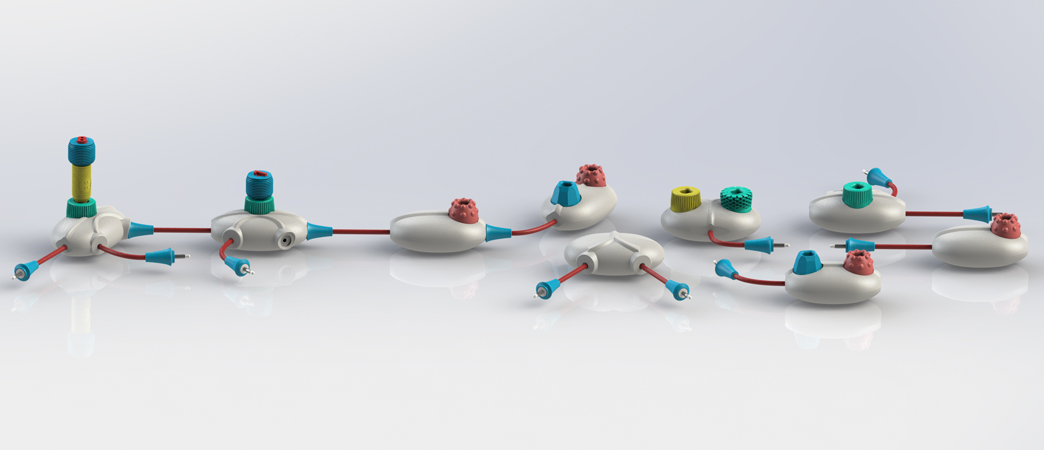
The Microsoft team is currently tweaking the system based on the feedback received from a group of 20 visually impaired kids who have been testing Project Torino since last year. Among the changes is adding color to the previously all-white pods because it helps children with limited vision to learn better. The size of the pods is also being increased since kids working in pairs were more engaged when they could both physically hold the pods and touch hands.
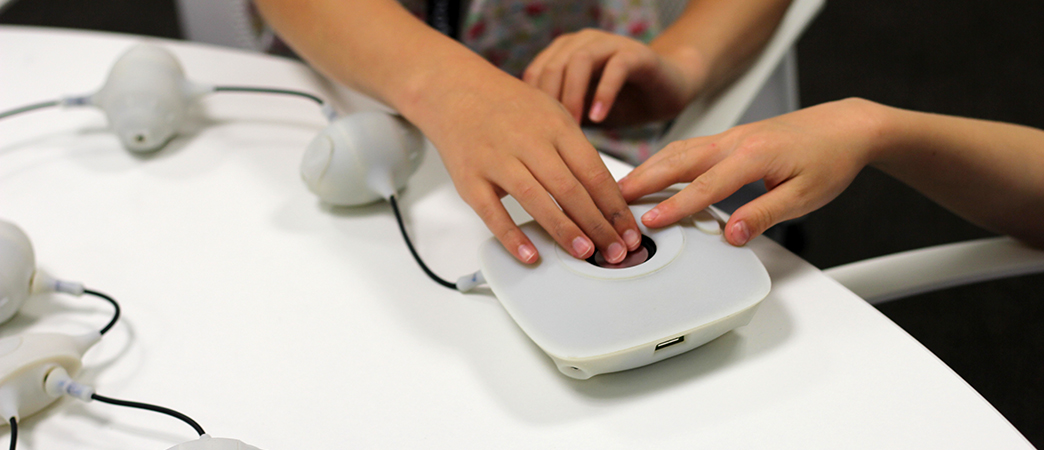
The program will be expanded to 100 elementary school children in the UK this fall, and, once perfected, to kids across the world. While the system was created with visually impaired children in mind, Cecily Morrison, one of the researchers working on the project, hopes that it will appeal to everyone. “One of our key design principles was inclusion. We didn’t want to isolate these kids again,” she said. “The idea was to create something that a whole mainstream class could use, and they could use together.”
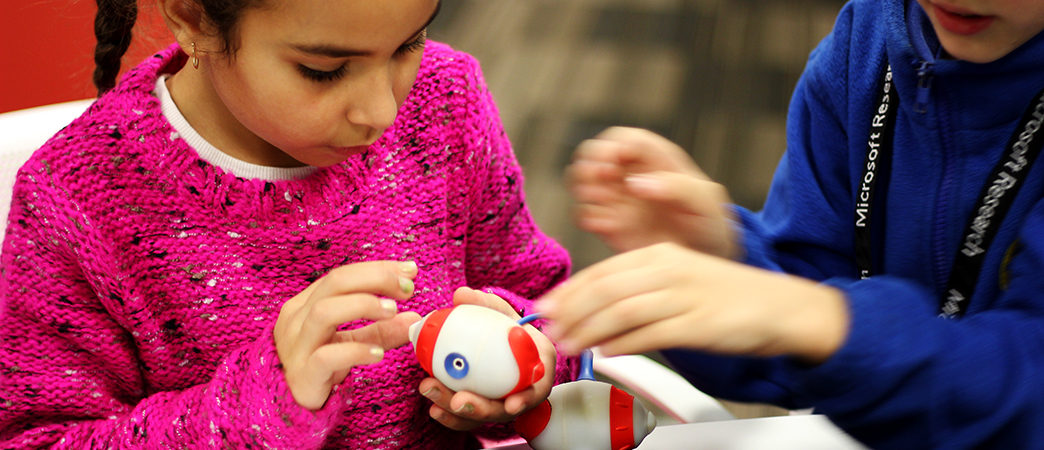
The team’s ultimate goal is to make Project Torino available to children with other challenges, such as dyslexia and autism. They believe that if successful, it can be a win-win for both — technology companies seeking skilled labor, and visually, or otherwise, challenged people looking for a lucrative professional career!
Resources: blogs.microsoft.com,surveygizmo.com